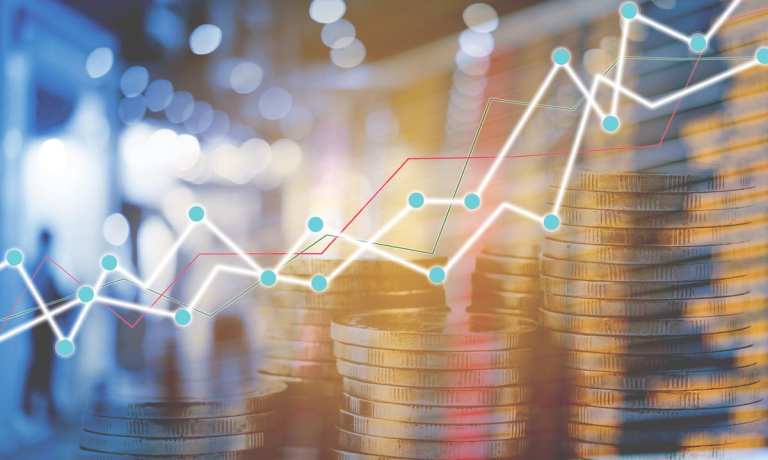
First-quarter U.S. gross domestic product (GDP) expanded by 6.4 percent, topping fourth-quarter growth of 4.3 percent in 2020 and marking the biggest first-quarter increase in growth since 1984, according to an advanced estimate from the Bureau of Labor Statistics on Thursday (April 29).
The increase was spurred in part by a jump in personal consumption expenditures (PCE), including a rise in durable goods spending, which was led by motor vehicles and parts. The increase in nondurable goods expenditures was headed by food services and accommodations, according to the BLS report.
The expansion also included a surge in nonresidential fixed investment, with boosts in equipment and intellectual property software spending. Federal government spending reflected an increase in fees paid to banks for administering the Paycheck Protection Program and COVID-19 vaccines.
Economists surveyed by Dow Jones had forecast a 6.5 percent increase in first-quarter GDP, CNBC reported.
“This signals the economy is off and running and it will be a boom-like year,” said Mark Zandi chief economist at Moody’s Analytics, per CNBC. “Obviously, the American consumer is powering the train and businesses are investing strongly.”
Consumer spending was up 10.7 percent this quarter, a big jump from the 2.3 percent increase in the fourth quarter of 2020. Spending on goods was up 23.6 percent, with durable goods like motor vehicles and appliances, up 41.4 percent. Spending on services, which plummeted during the pandemic, grew by 4.6 percent.
Federal Reserve Chairman Jerome Powell said earlier this month that the economy would continue heading in the right direction as long as vaccine distribution remained strong and the rate of new COVID-19 infections stayed low.
Deutsche Bank economists in February revised their U.S. GDP forecasts for 2021-22, up from nearly $1 trillion to $1.6 trillion to $1.7 trillion. Powell said that month that he expected the U.S. economy could see a 6 percent expansion this year.